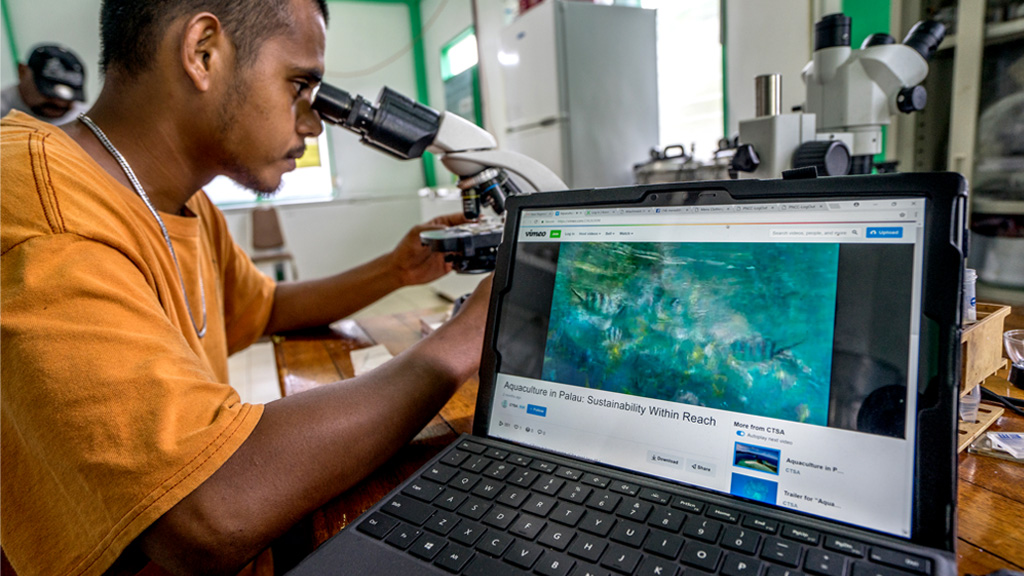
By Prof Ojo Emmanuel Ademola – In the rapidly evolving landscape of the digital age, governmental institutions are at the forefront of steering nations toward competitiveness and economic vitality. The emergence of digital technologies has revolutionized commerce, communication, and governance, necessitating a transformative shift in how governments operate. Central to this evolution is the development of prolific leaders who possess the vision, skills, and fortitude to navigate and drive this paradigm shift. These leaders must excel not only in traditional governance but also in leveraging digital innovations to create engaging, efficient, and inclusive economic environments. This piece highlights appropriately the comprehensive strategies needed to cultivate such leaders and enable government institutions to thrive in the digital era.
Creating prolific leaders within government institutions who can drive an operational paradigm shift towards a competitive and engaging economy in the digital age requires comprehensive strategies. Here are key steps and considerations for achieving this goal:
1. Leadership Development Programs:
– Training and Education: Implement continuous professional development programs focusing on digital literacy, economics, and innovation. This may include workshops, online courses, and certifications in relevant areas such as digital governance, cybersecurity, and data analytics.
– Mentorship and Coaching: Establish mentorship programs linking emerging leaders with seasoned professionals to foster knowledge transfer and practical insights.
2. Policy and Regulatory Framework:
– Digital Economy Policies: Develop and enforce policies that encourage digital innovation, entrepreneurship, and investment in digital infrastructure.
– Public-Private Partnerships: Encourage collaborations between government, industry, and academia to drive technological advancements and economic growth.
3. Technological Infrastructure:
– Invest in Infrastructure: Ensure the development of advanced digital infrastructure, including high-speed internet, cloud computing, and cybersecurity measures.
– Smart Governance Tools: Implement e-governance tools that enhance service delivery and transparency, making the government more efficient and accessible.
4. Innovation Ecosystem:
– Innovation Hubs: Create innovation hubs or technology parks that provide resources and facilities to startups and entrepreneurs.
– Funding and Incentives: Offer grants, tax incentives, and other forms of financial support to businesses adopting digital technologies and fostering innovation.
5. Talent Acquisition and Retention:
– Attract Top Talent: Develop competitive compensation packages, modern work environments, and career advancement opportunities to attract and retain top digital talent in government institutions.
– Skill Development: Invest in upskilling current employees and creating a culture of continuous learning to ensure the workforce remains competitive in the digital age.
6. Data-Driven Decision Making:
– Big Data Analytics: Utilize big data and analytics to inform policy decisions and identify trends, opportunities, and potential challenges.
– Transparency and Open Data: Promote transparency by making government data open and accessible, which can spur innovation and public trust.
7. Culture of Innovation and Agility:
– Encourage Experimentation: Foster a culture that encourages experimentation and the acceptance of failure as part of the innovation process.
– Agile Practices: Implement agile methodologies in governmental operations to enhance flexibility, responsiveness, and efficiency.
8. Citizen Engagement:
– Digital Platforms: Develop and enhance digital platforms that enable citizens to engage with the government, provide feedback, and participate in decision-making processes.
– Inclusive Policies: Ensure that digital transformation initiatives are inclusive, addressing the needs of all demographic groups, including marginalized communities.
9. Global Collaboration:
– International Partnerships: Engage in international cooperation and partnerships to share best practices, knowledge, and resources.
– Global Benchmarking: Benchmark against global standards and practices to ensure competitiveness in the digital economy.
10. Ethical and Responsible Innovation:
– Ethical Standards: Establish and enforce ethical standards and guidelines for digital transformation to ensure privacy, security, and equitable access.
– Sustainability: Integrate sustainability into digital strategies to address long-term environmental and social impacts.
In conclusion, the journey toward establishing a competitive and engaging economy in the digital age is intricate and multi-dimensional. Creating prolific leaders in government institutions who can drive an operational paradigm shift necessitates a comprehensive approach that includes developing leaders with a profound understanding of digital dynamics, fostering an ecosystem that promotes innovation, and maintaining a robust technological infrastructure. By investing in leadership development, fostering an environment conducive to innovation, and ensuring the inclusive and ethical application of digital technologies, governments can effectively navigate this new era. The role of visionary leaders becomes pivotal in guiding this transformation, ensuring that governmental institutions not only adapt to but also spearhead advancements in the digital economy. Through thoughtful strategy and committed implementation, governments can unlock the full potential of digital transformation, driving sustained economic growth and enhancing the quality of life for all citizens.










